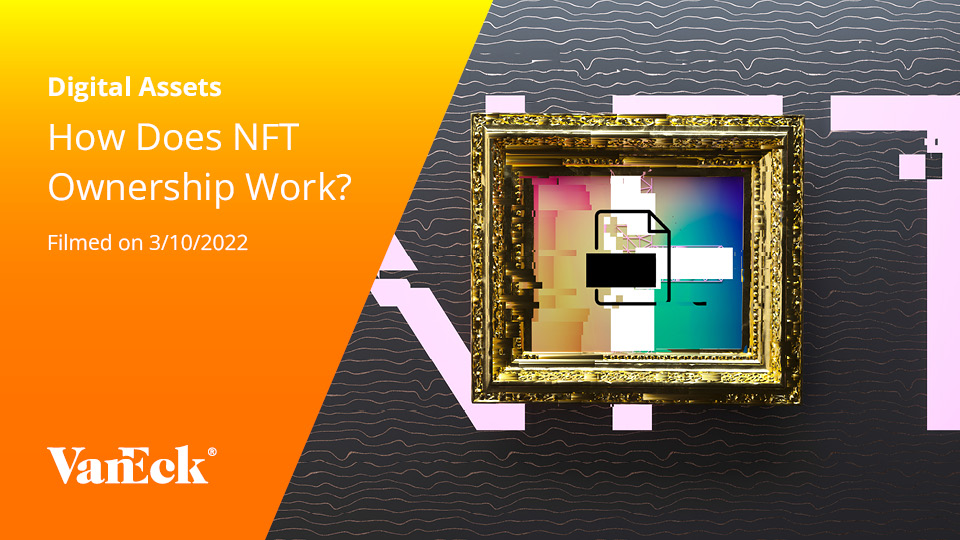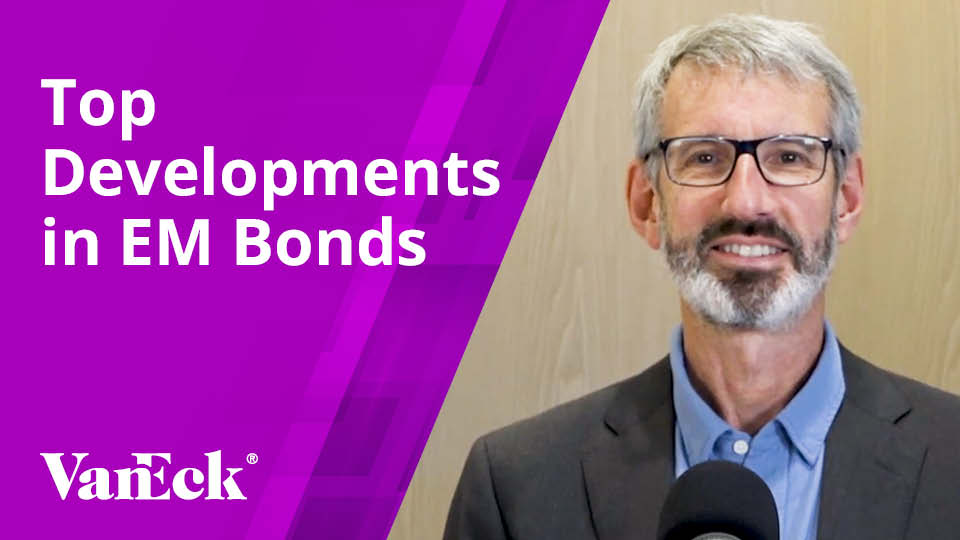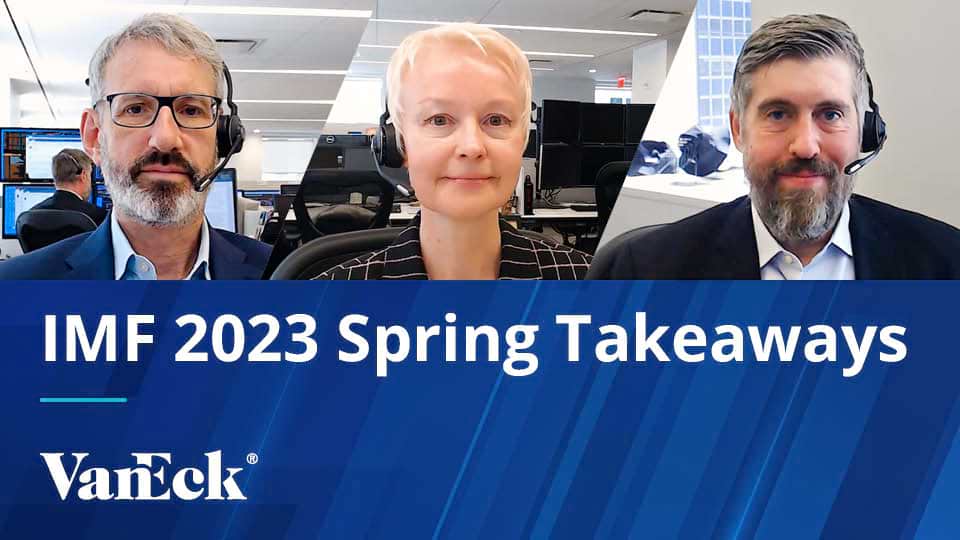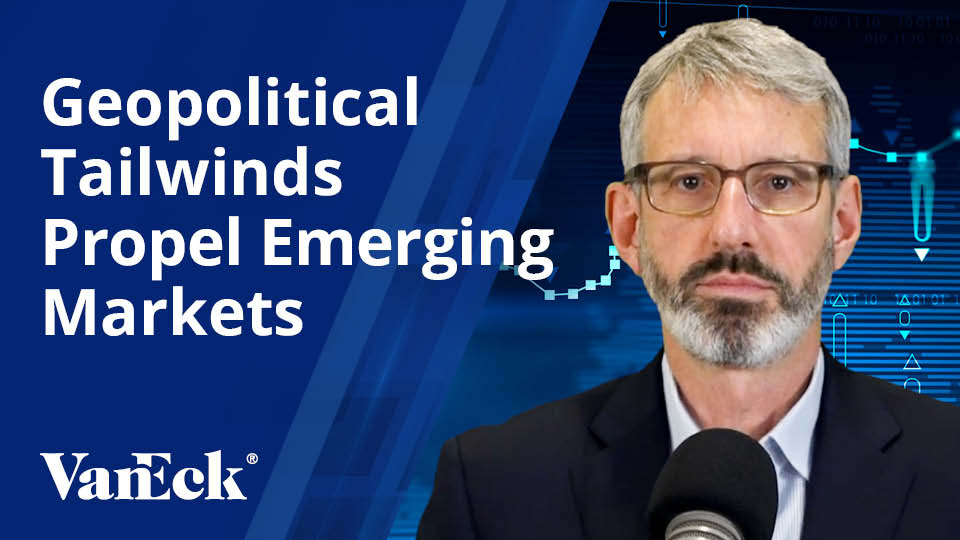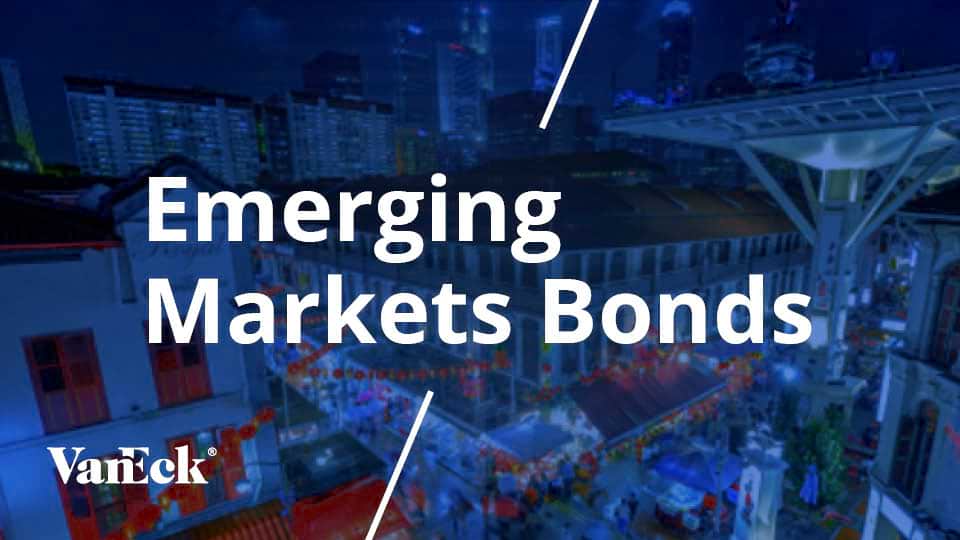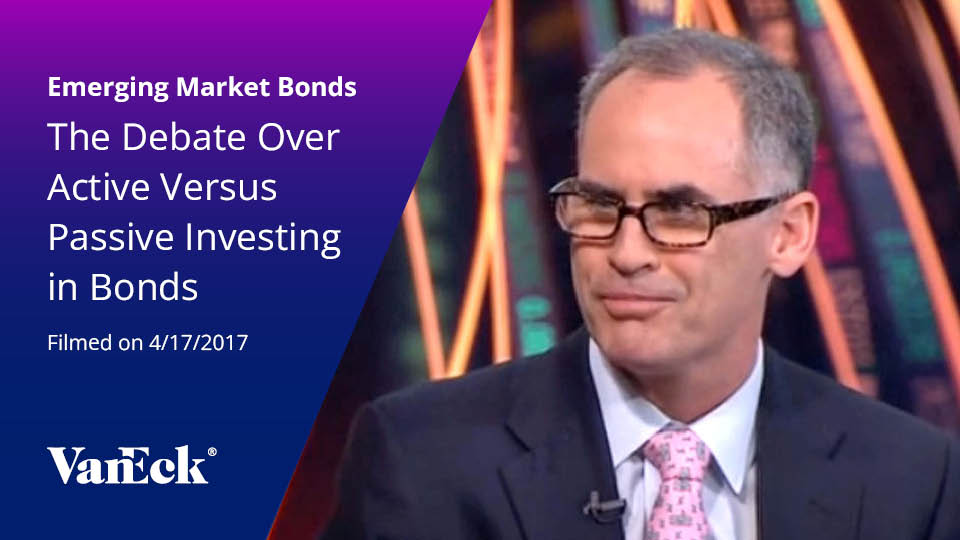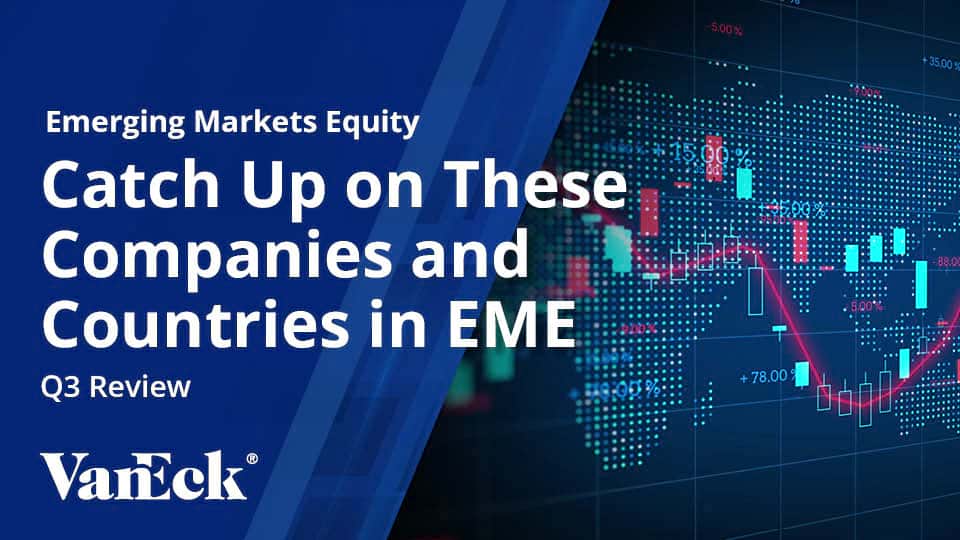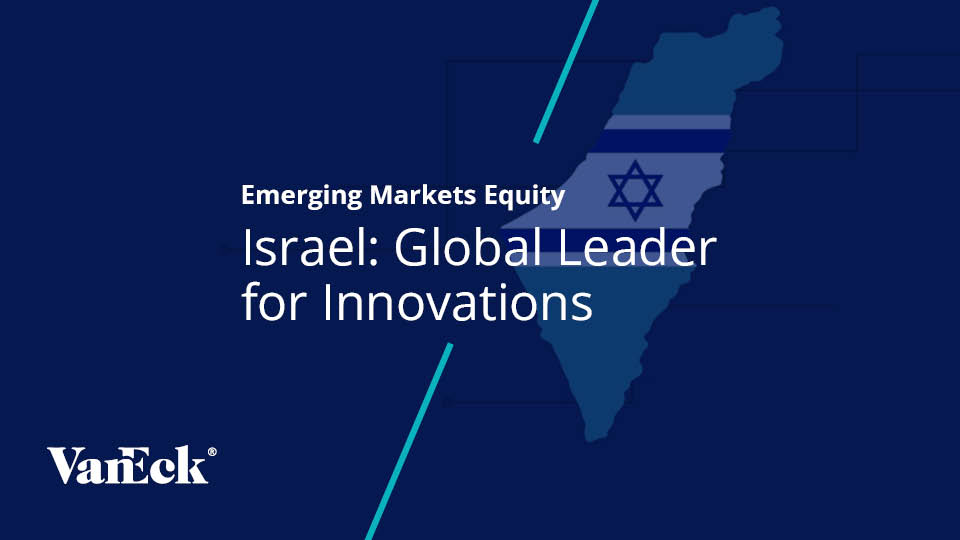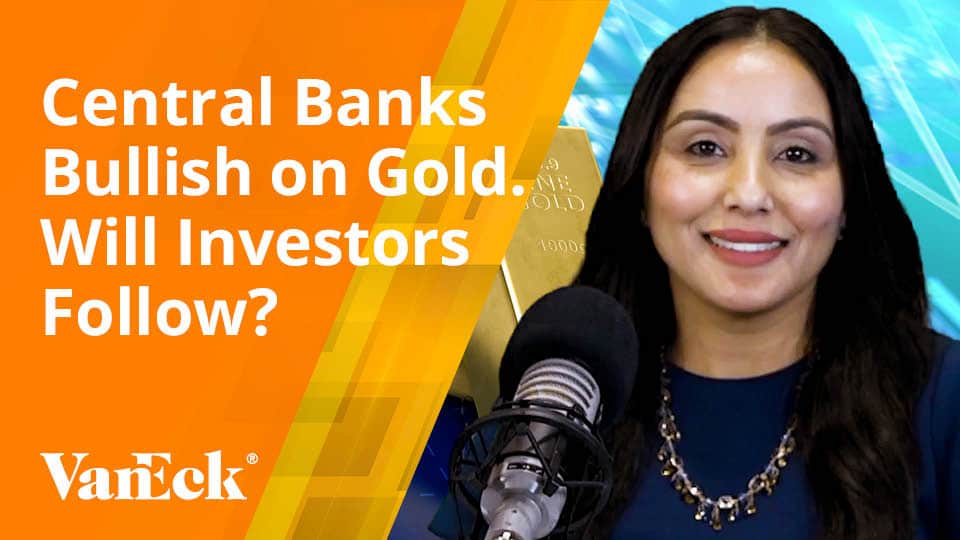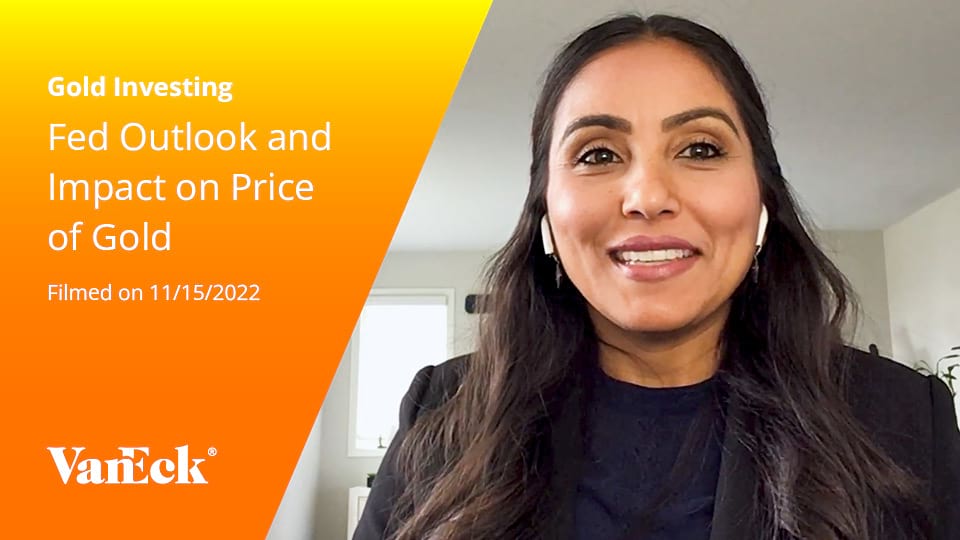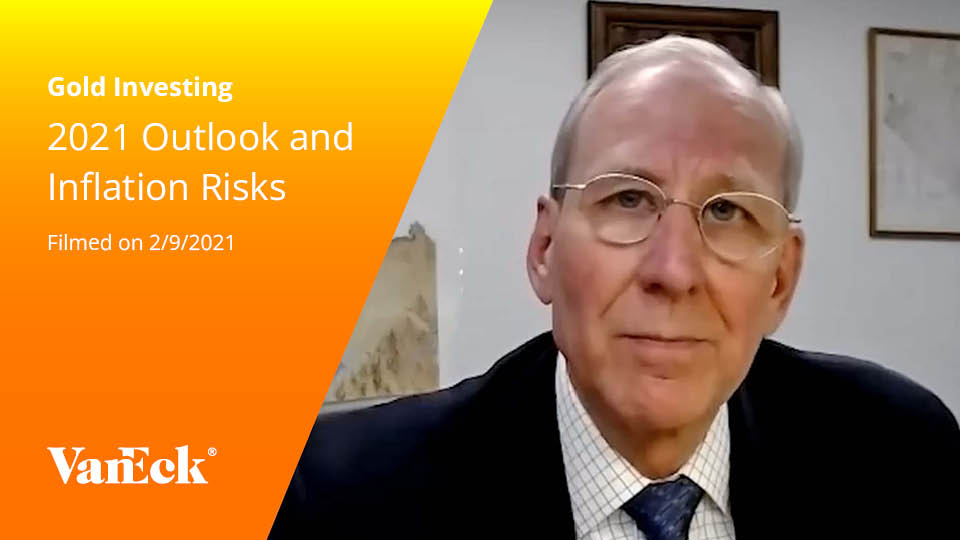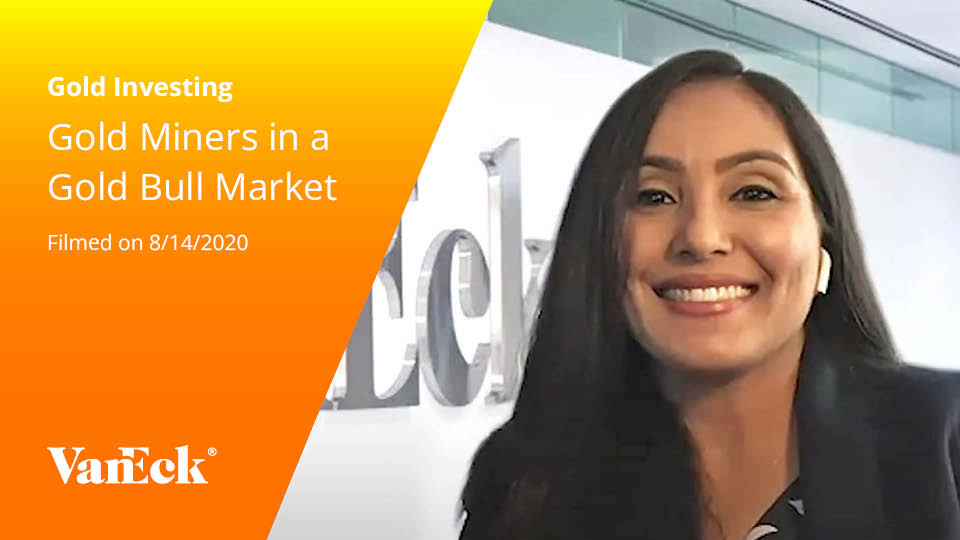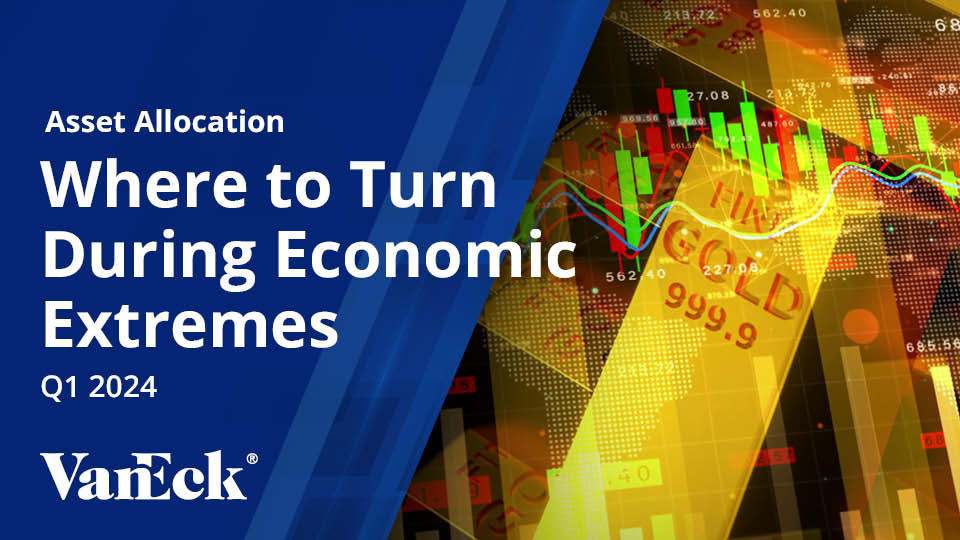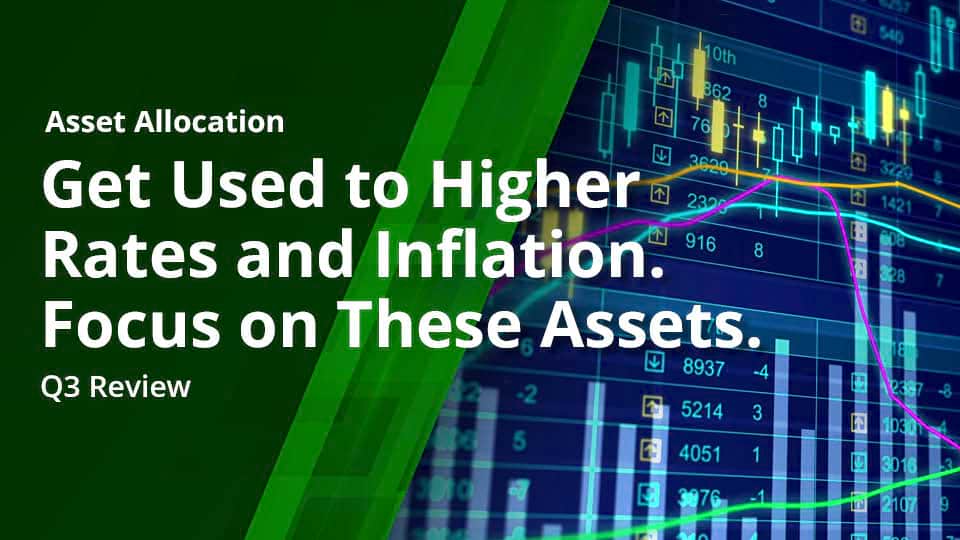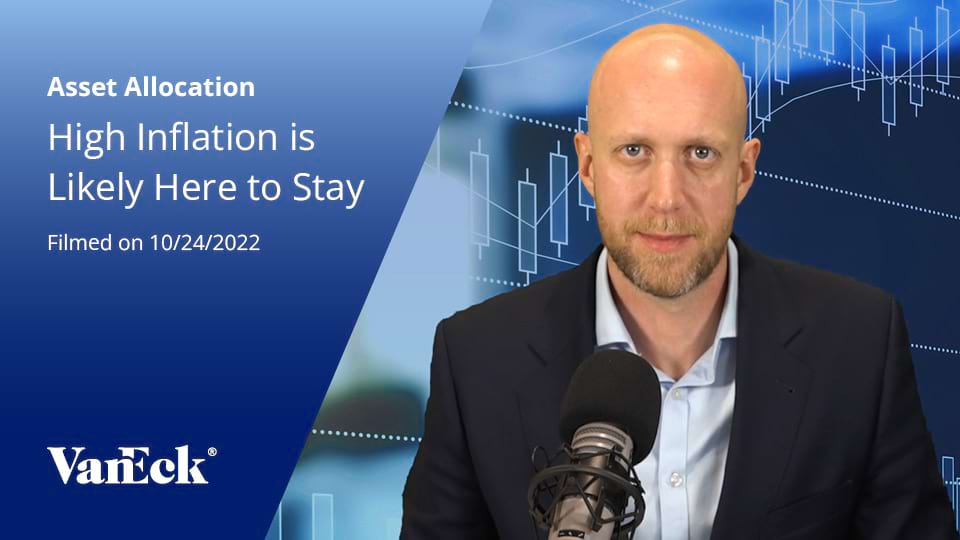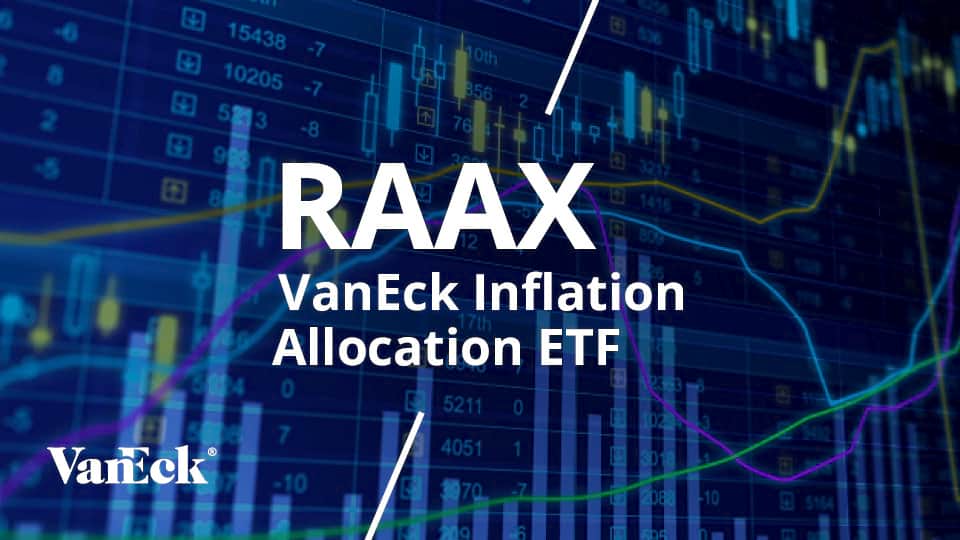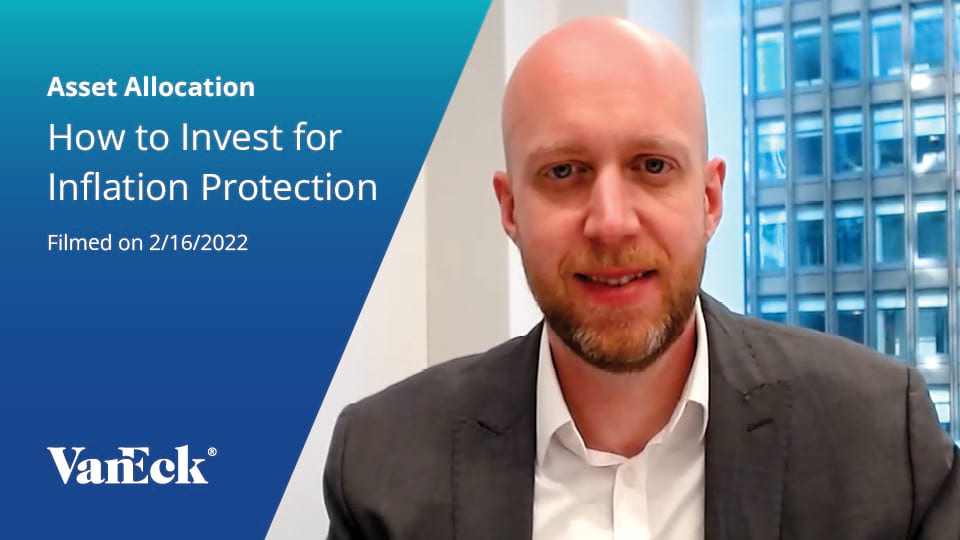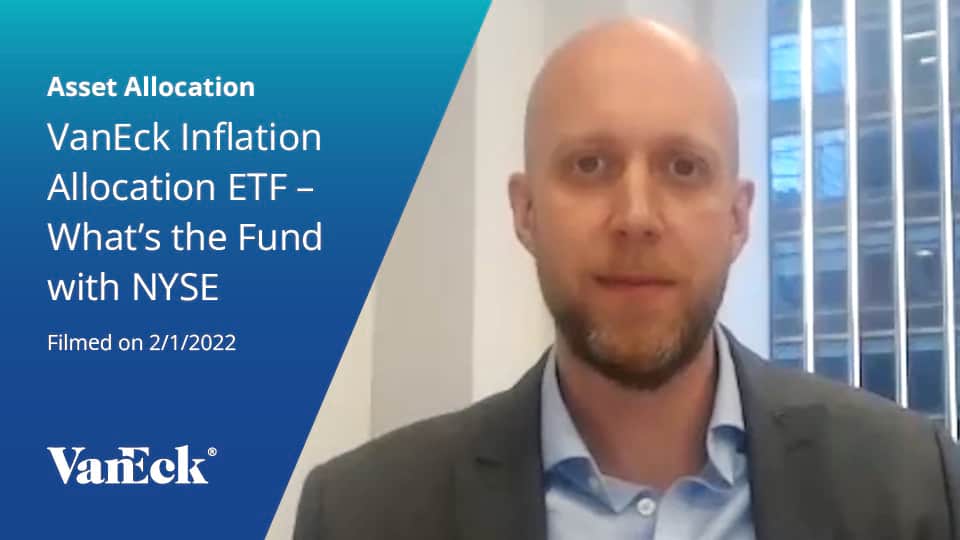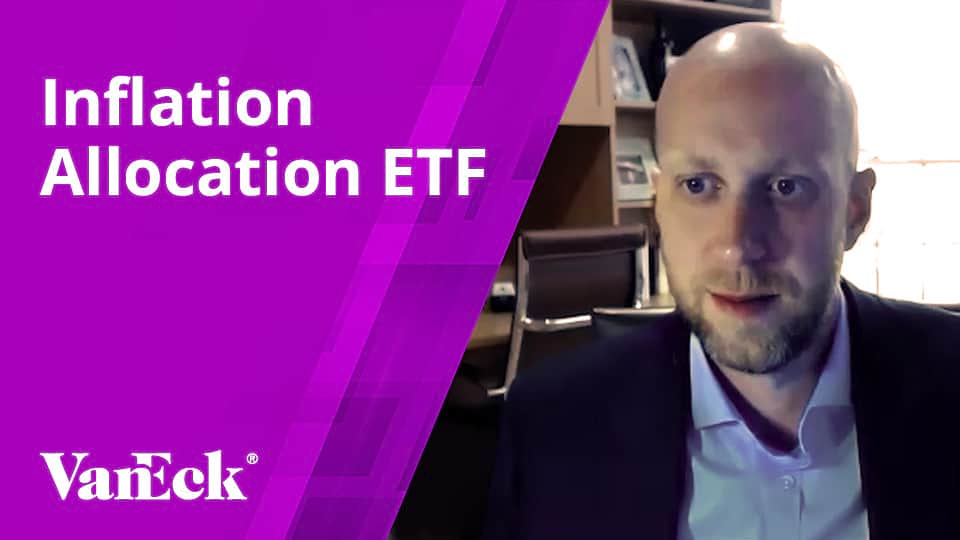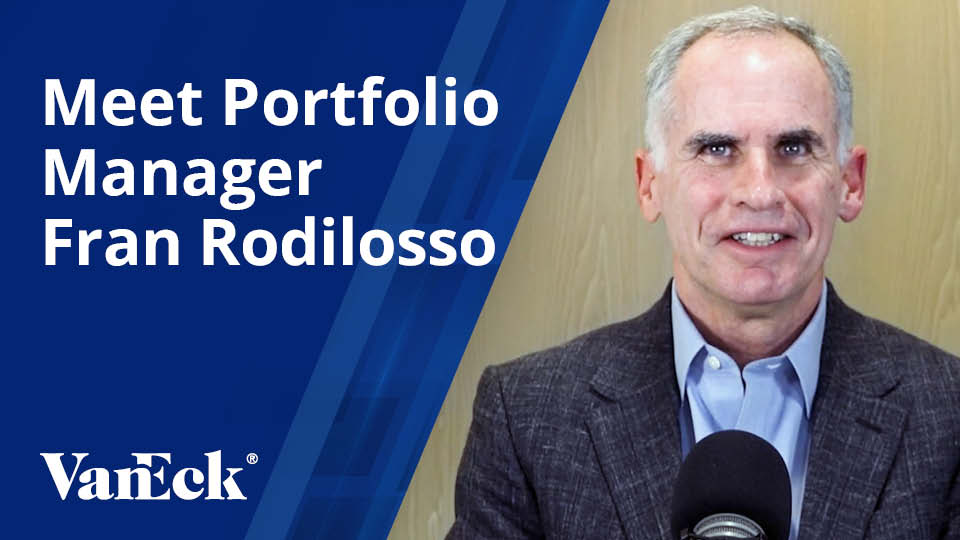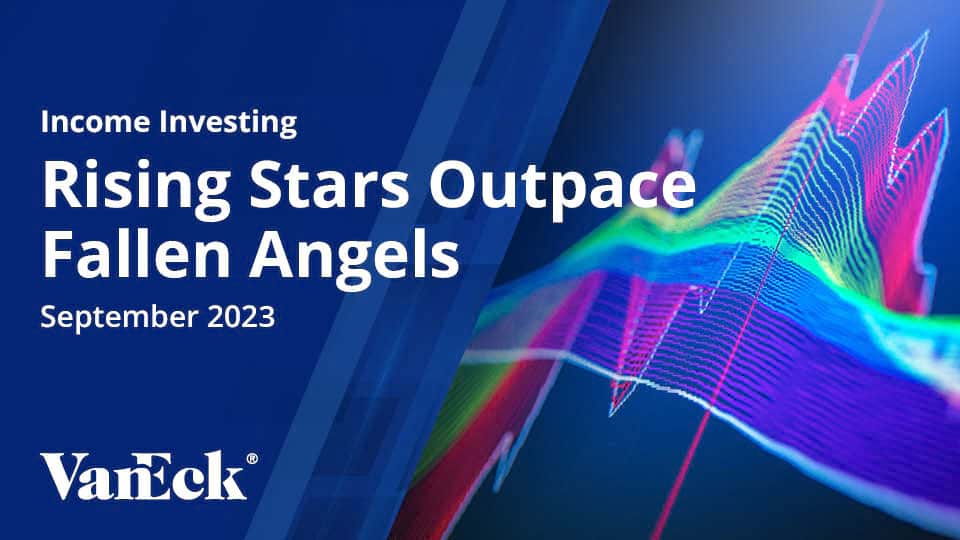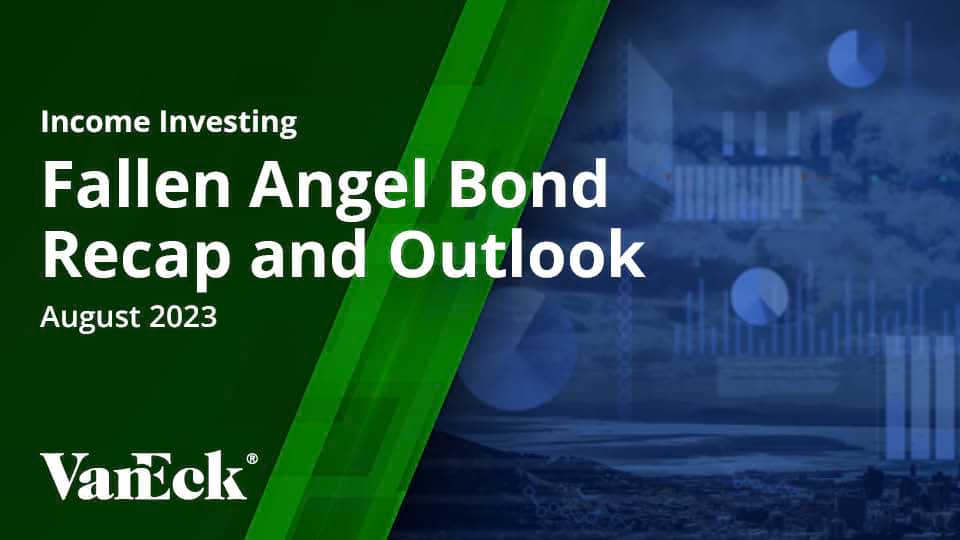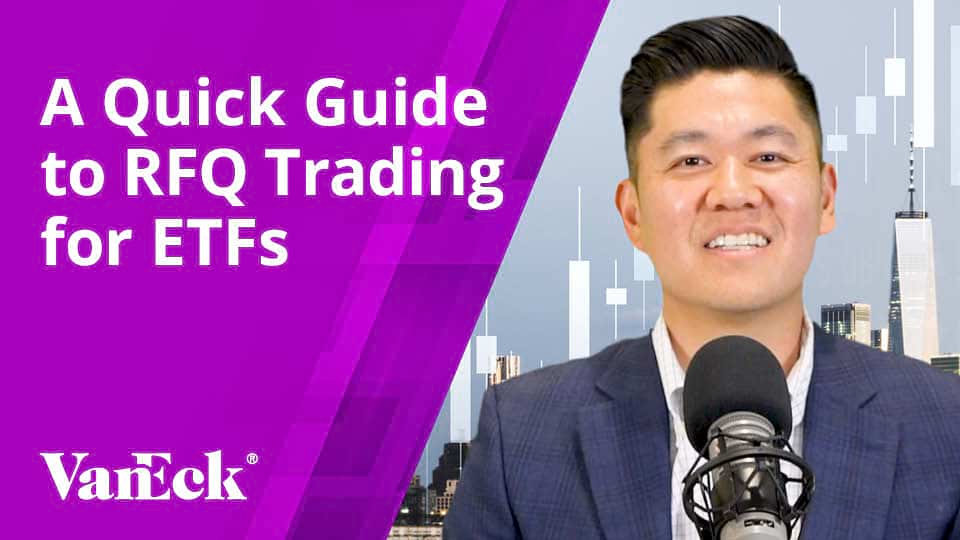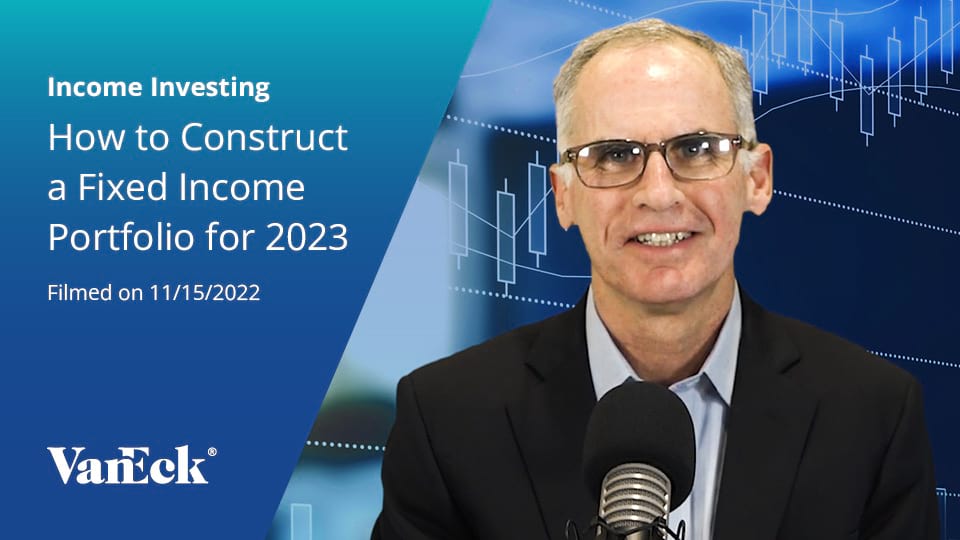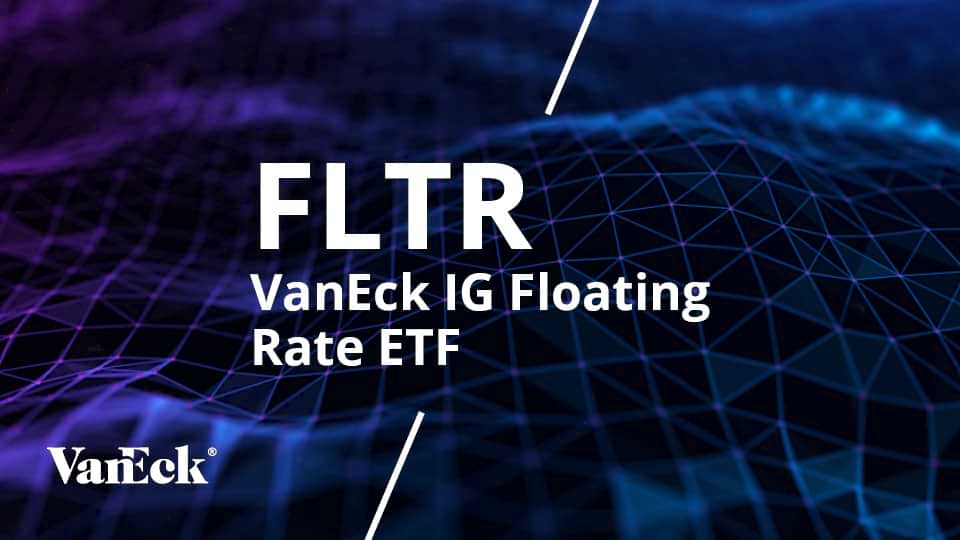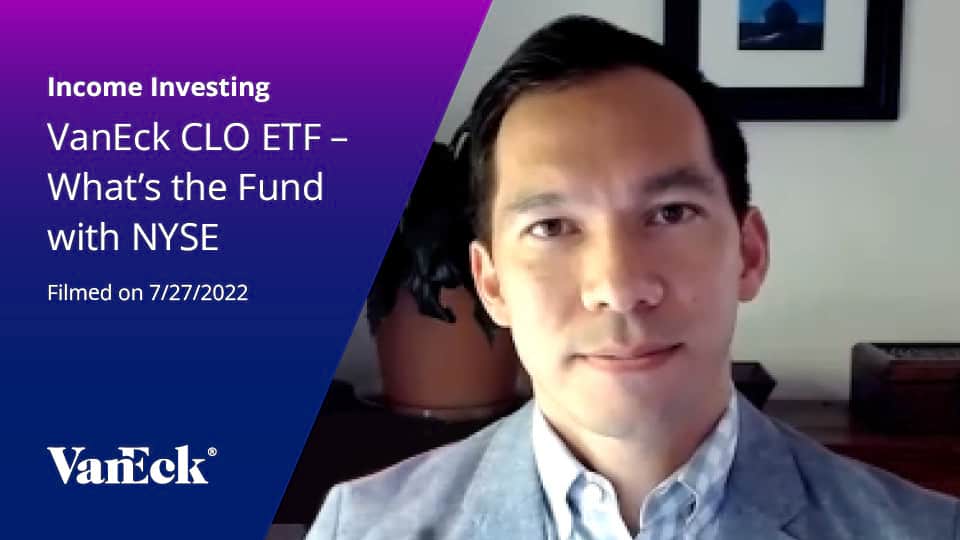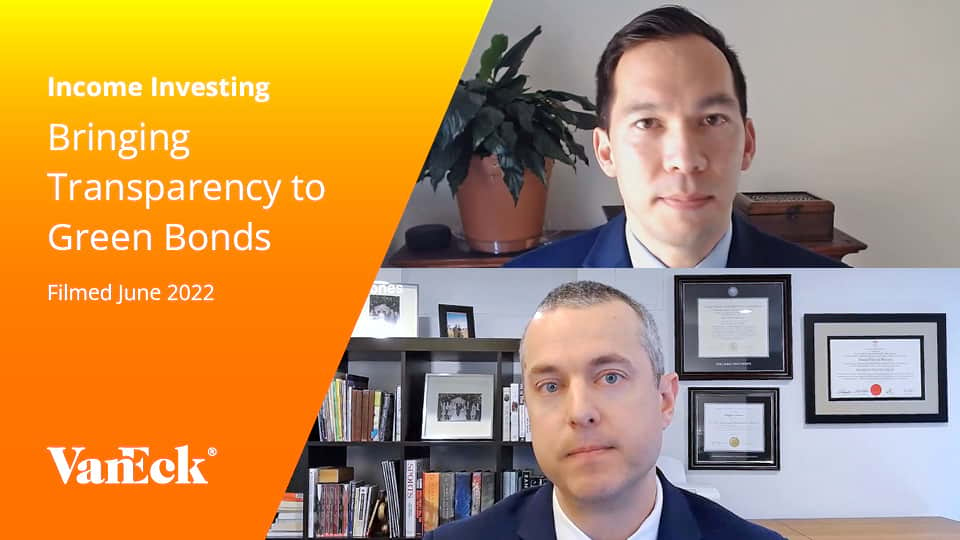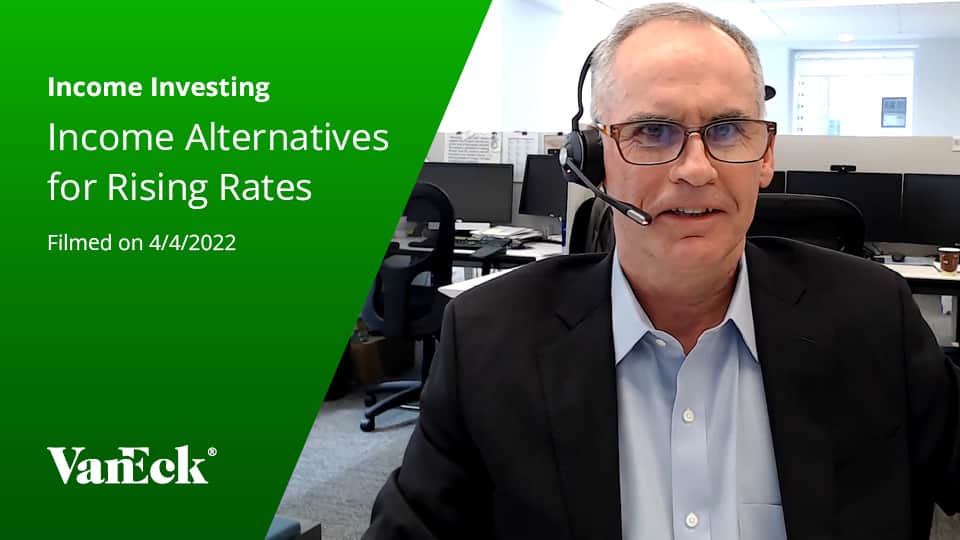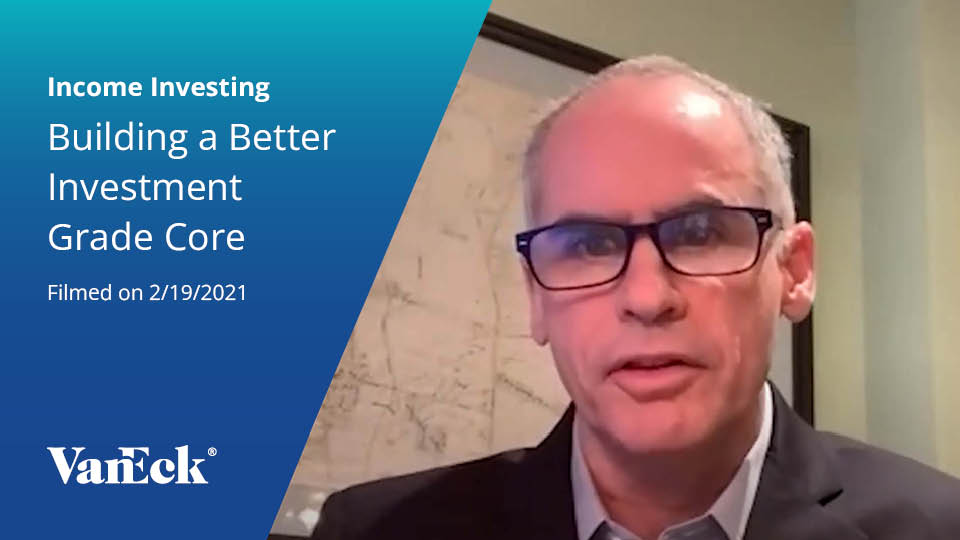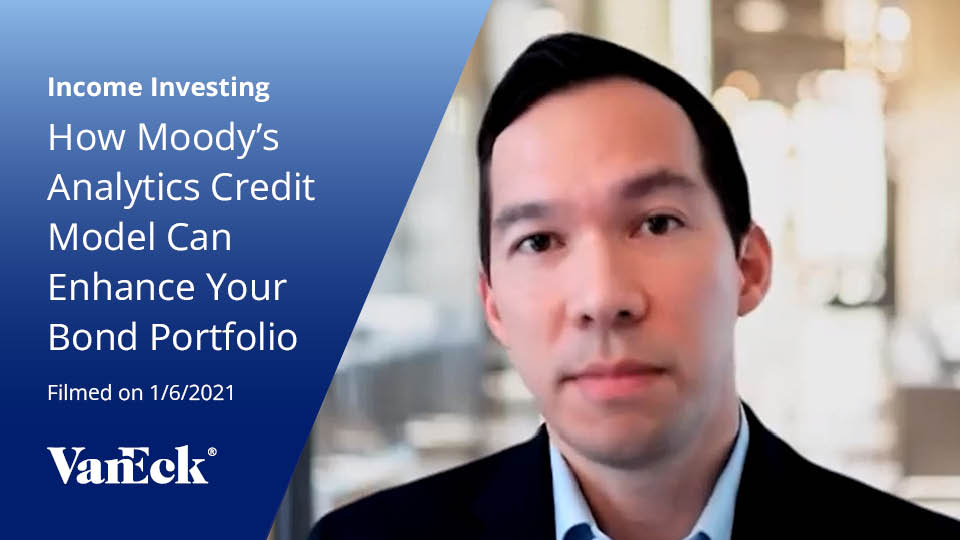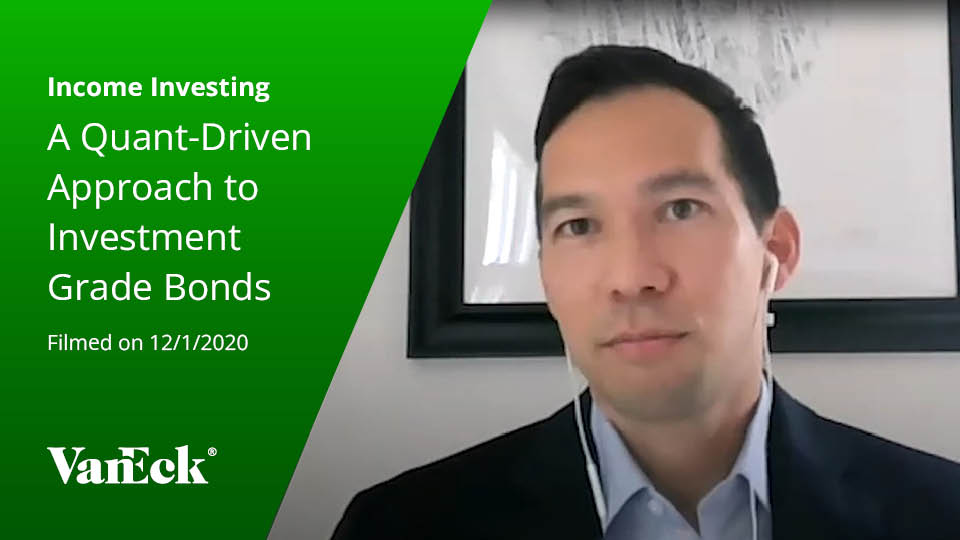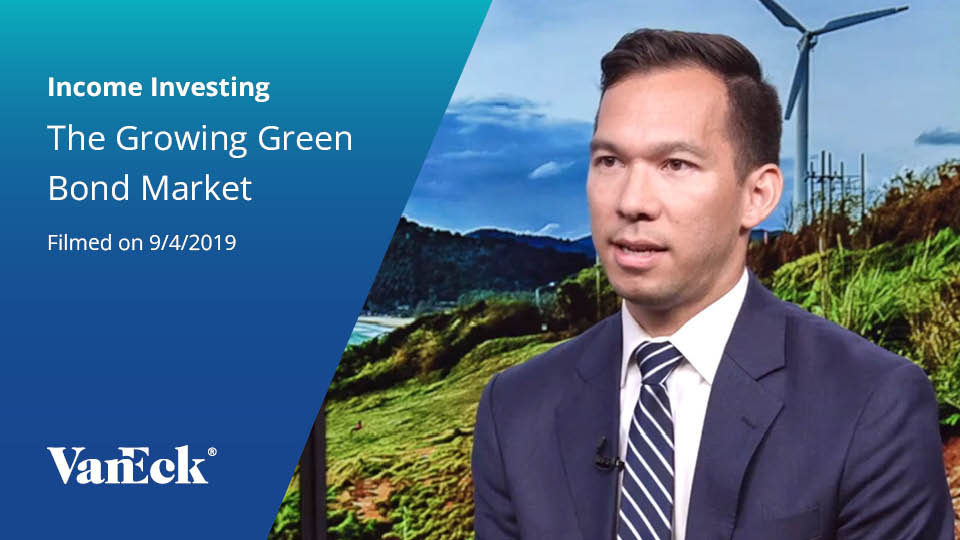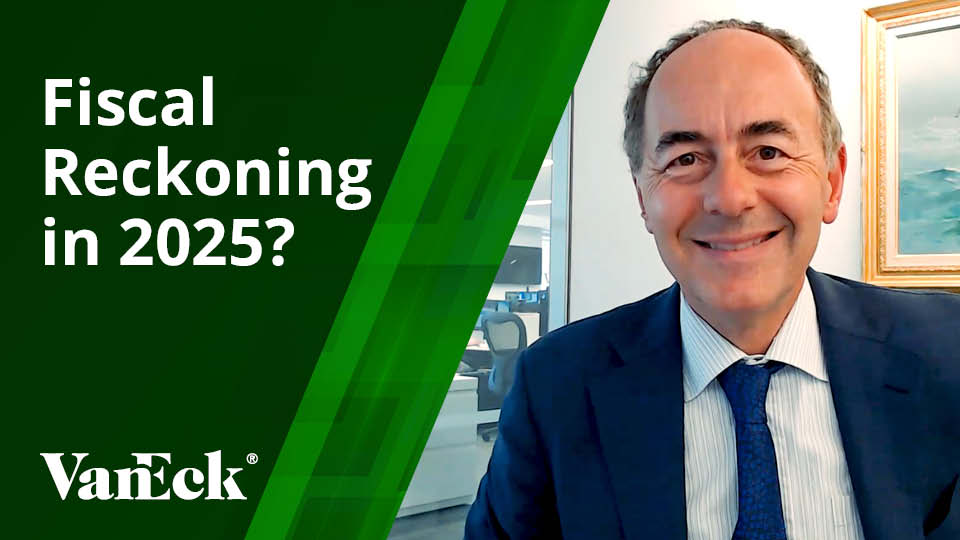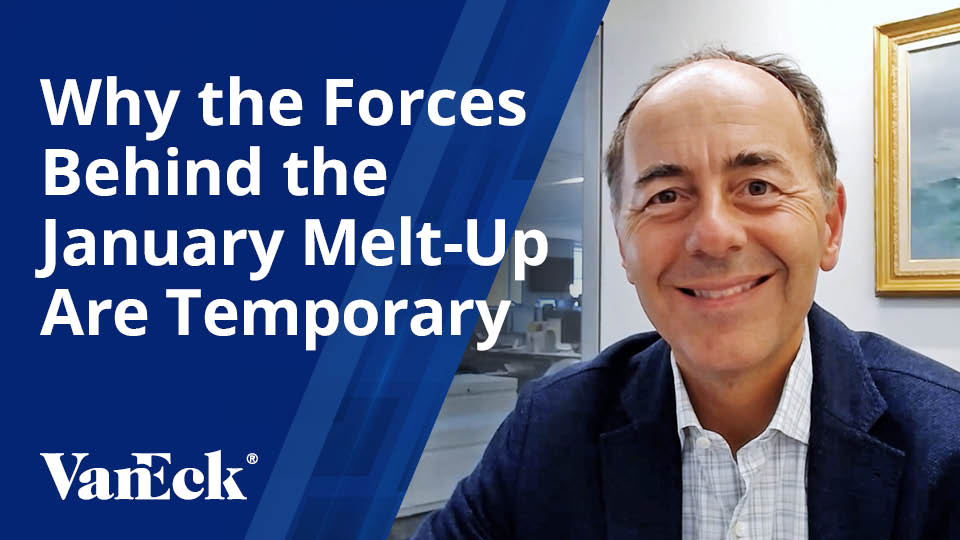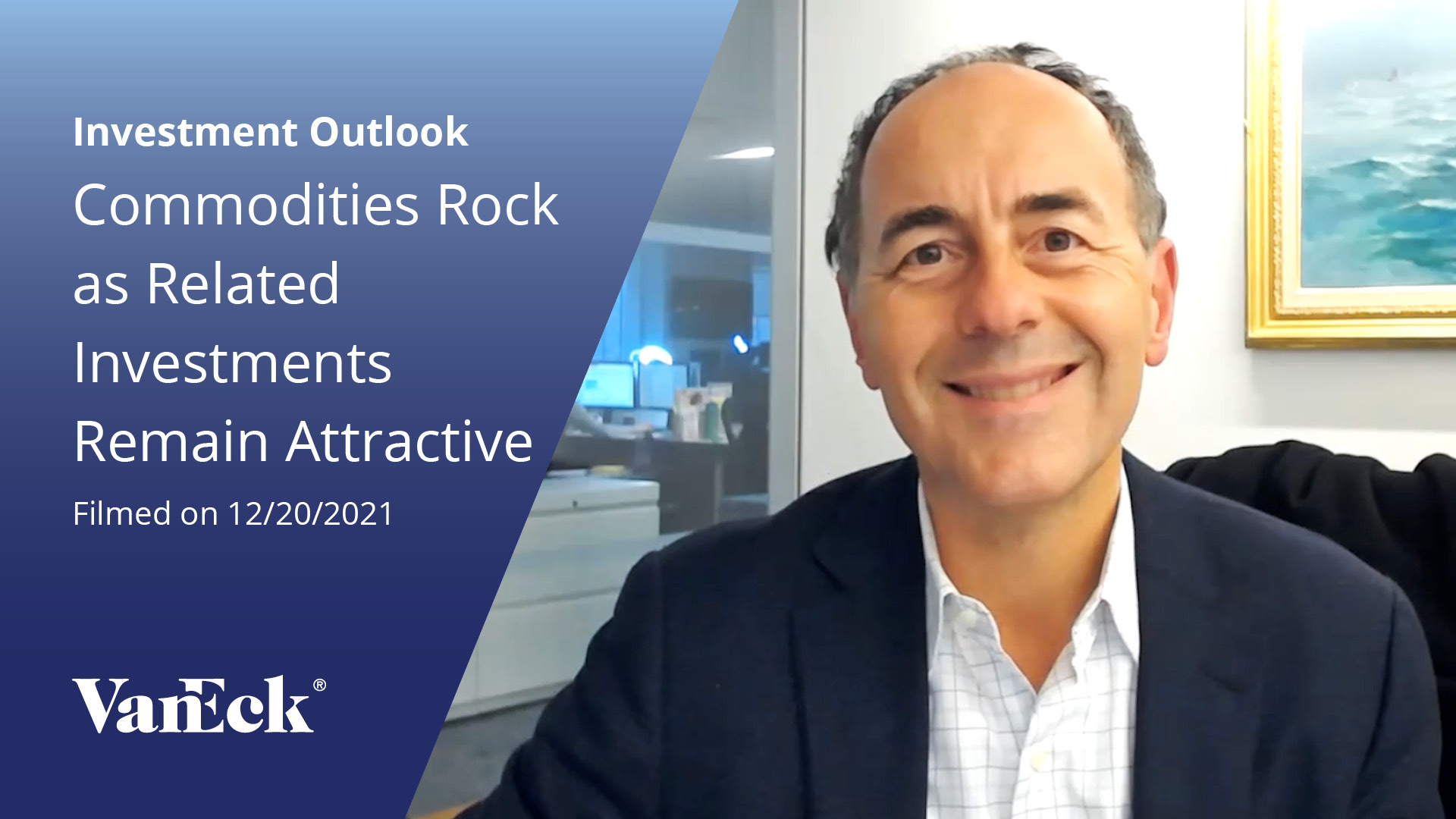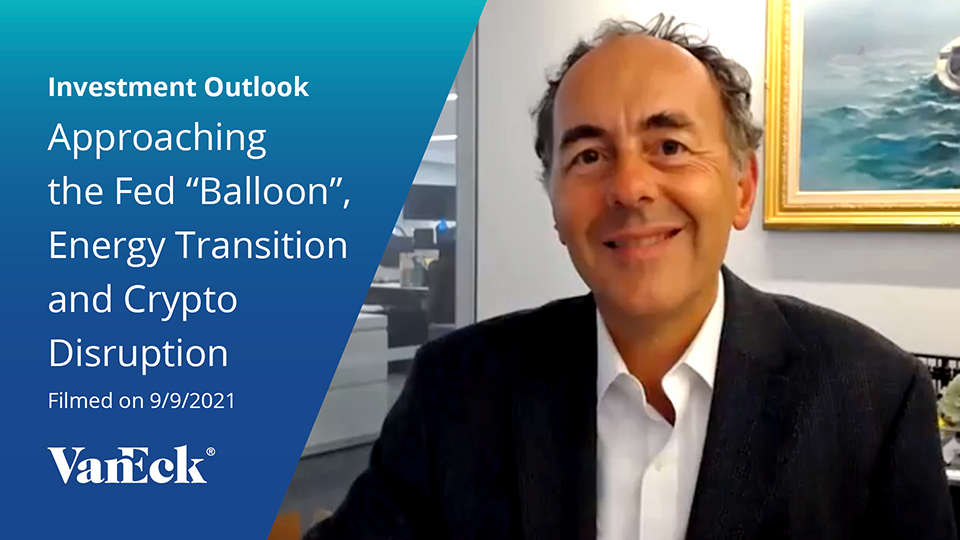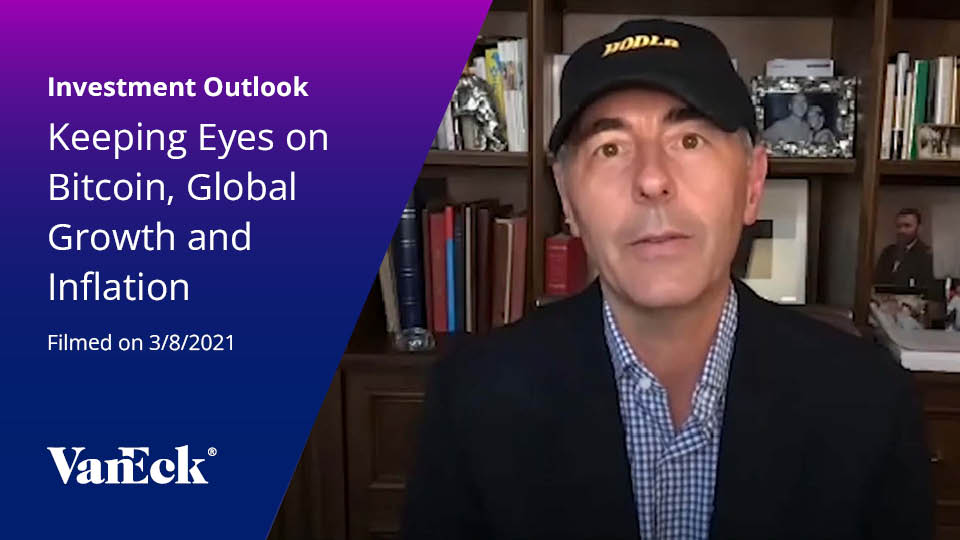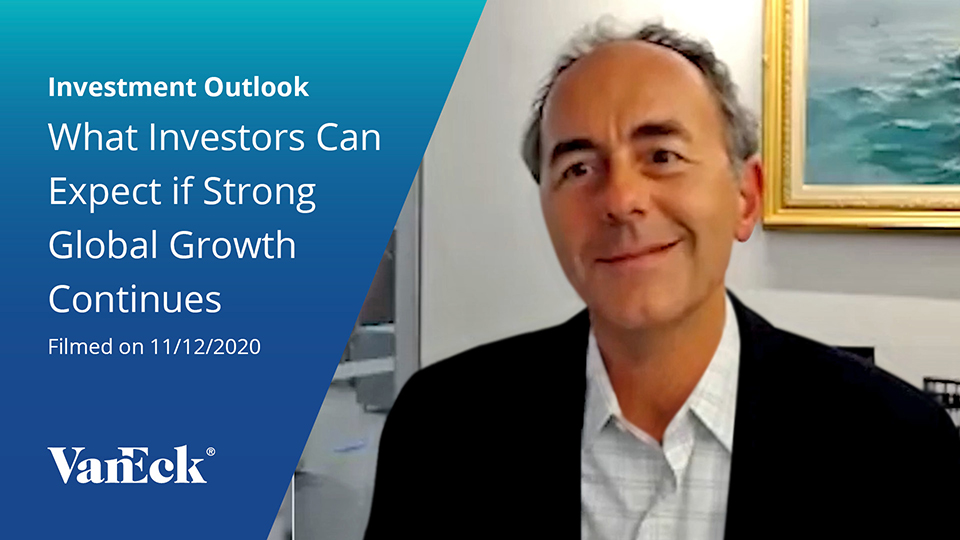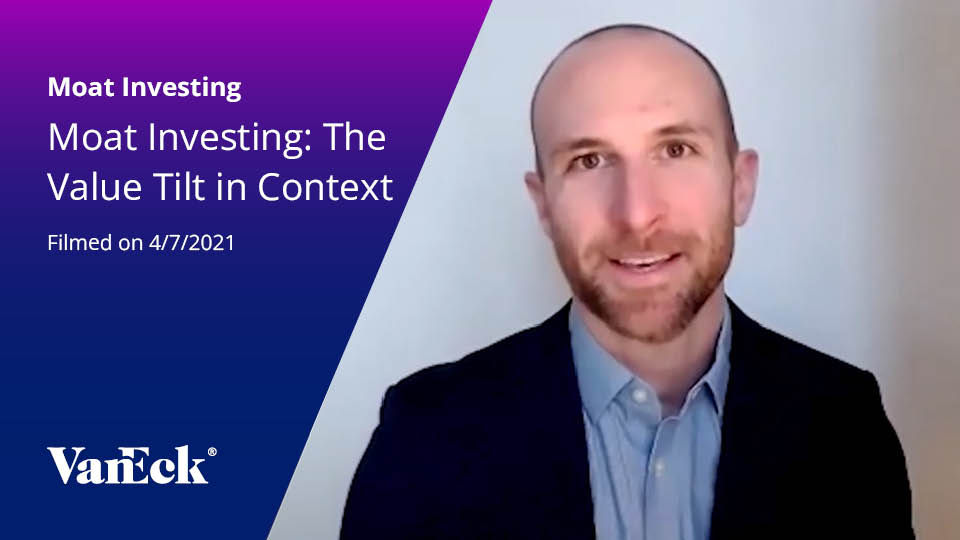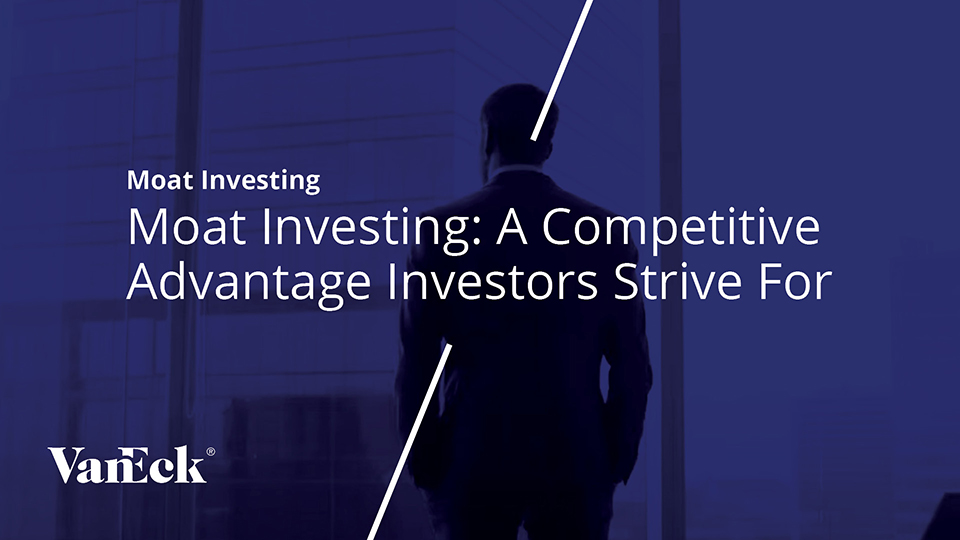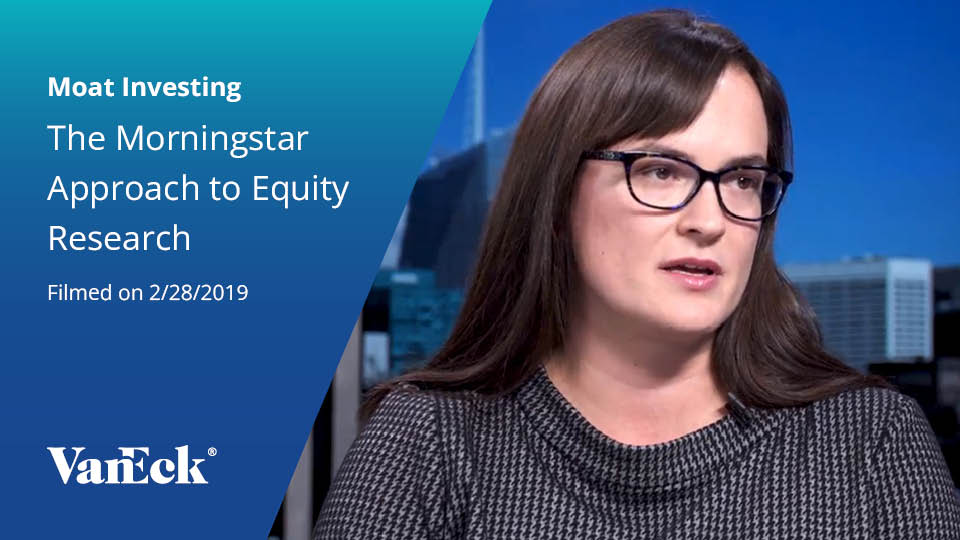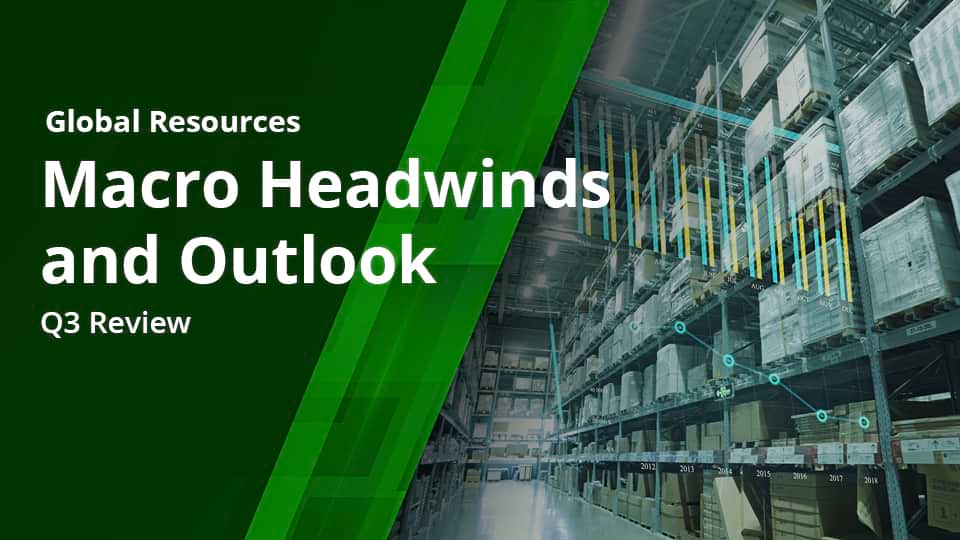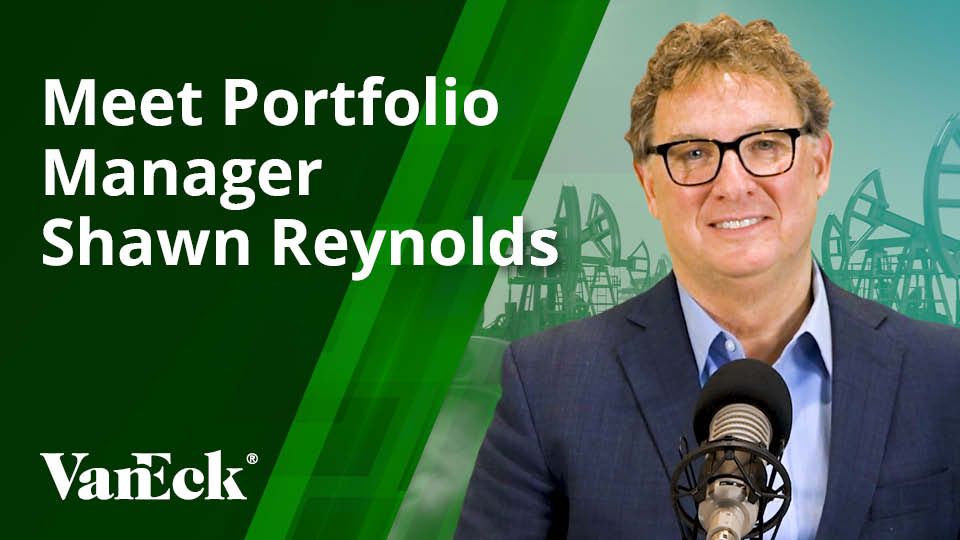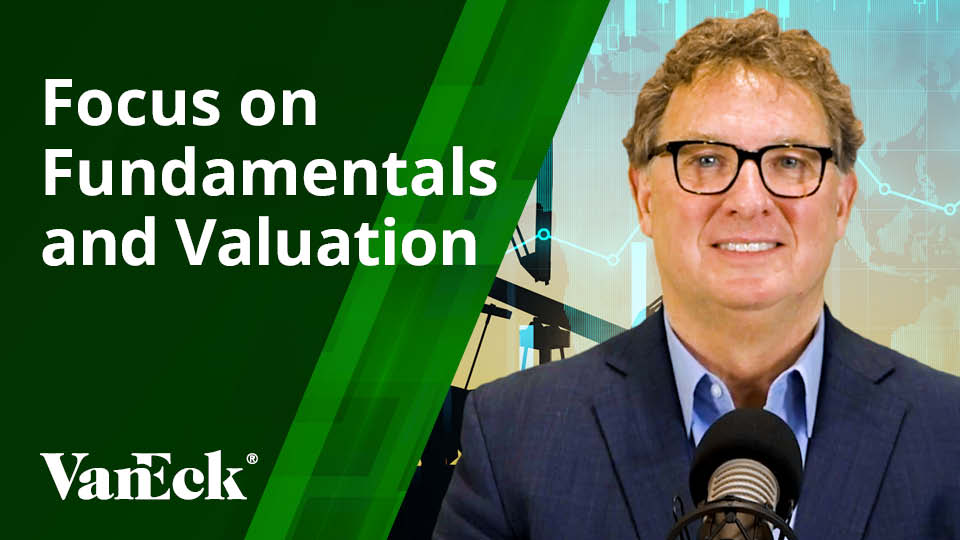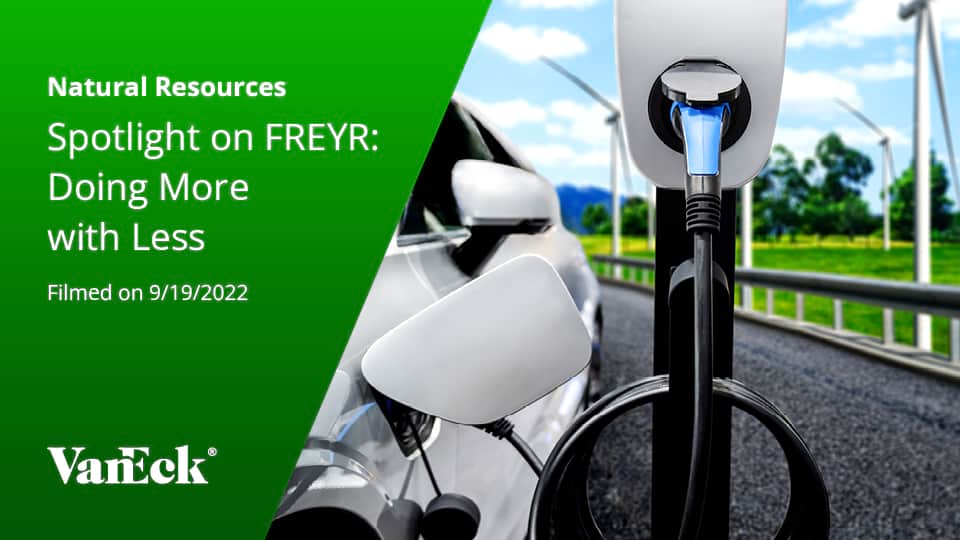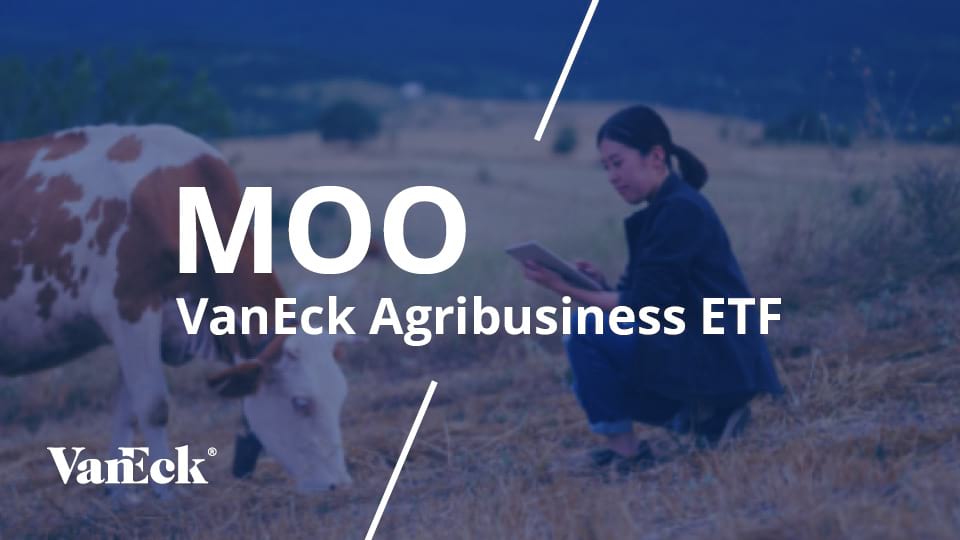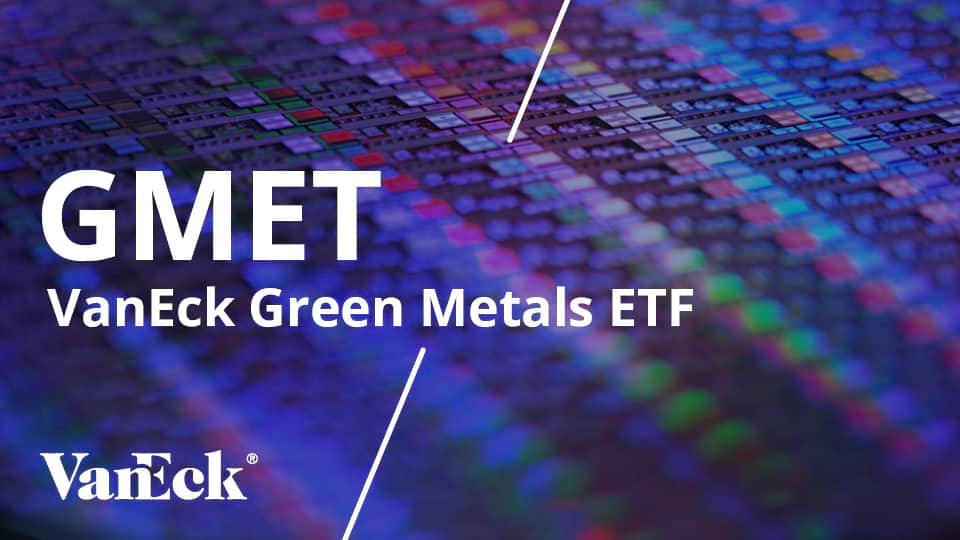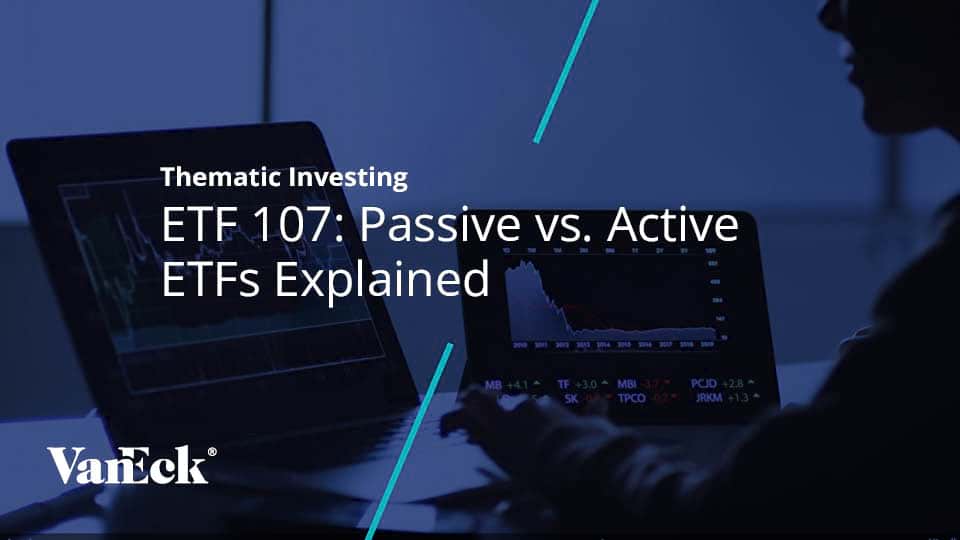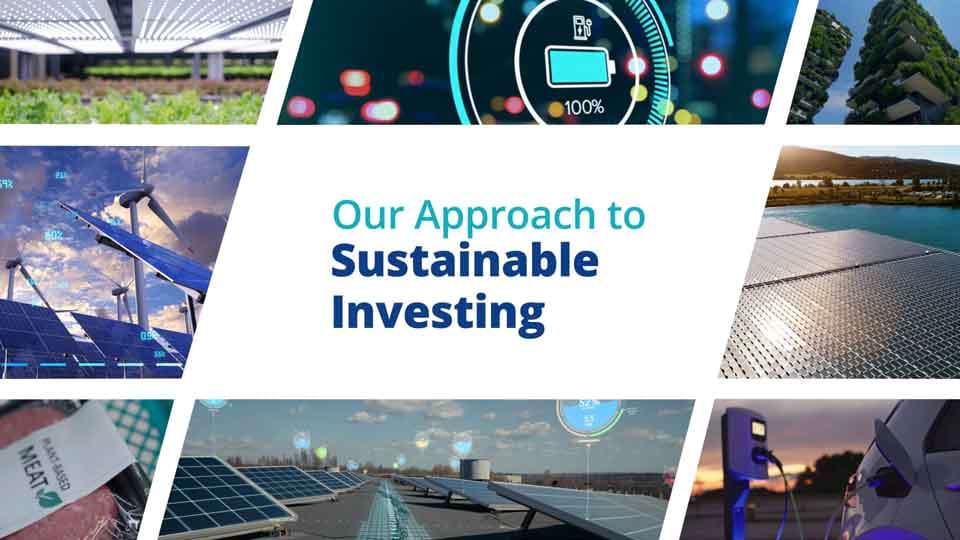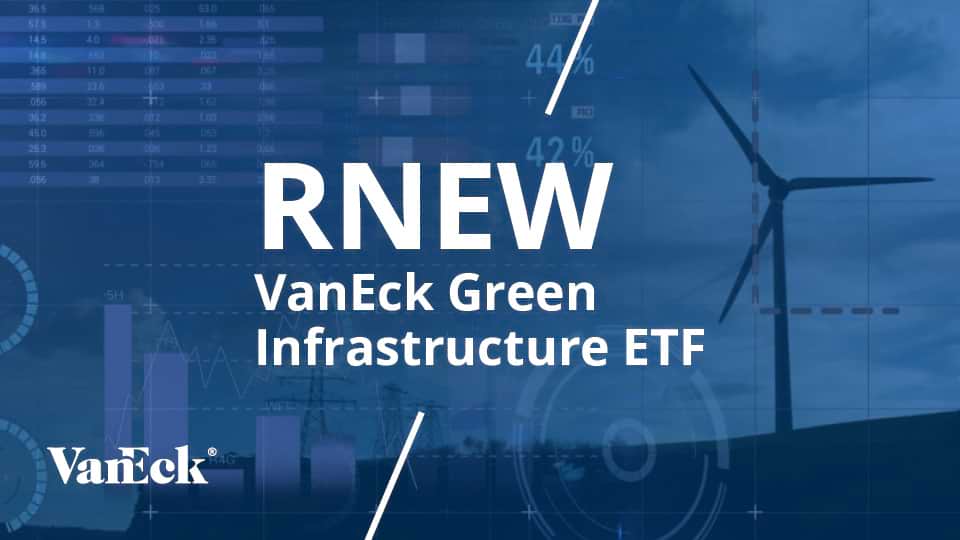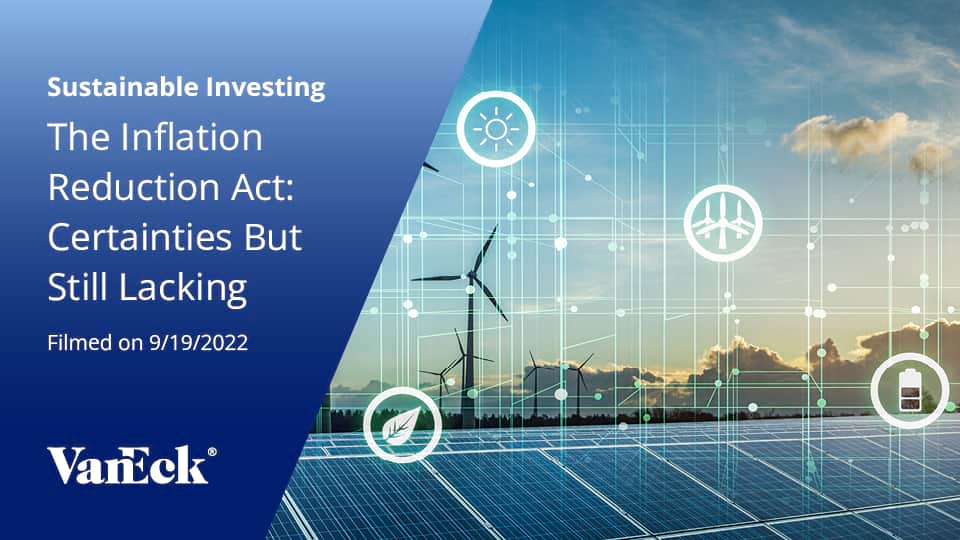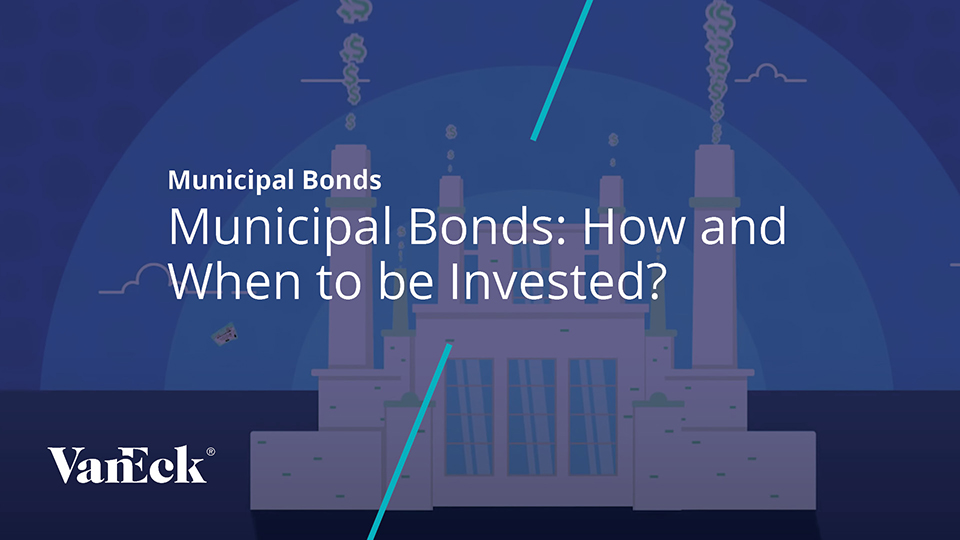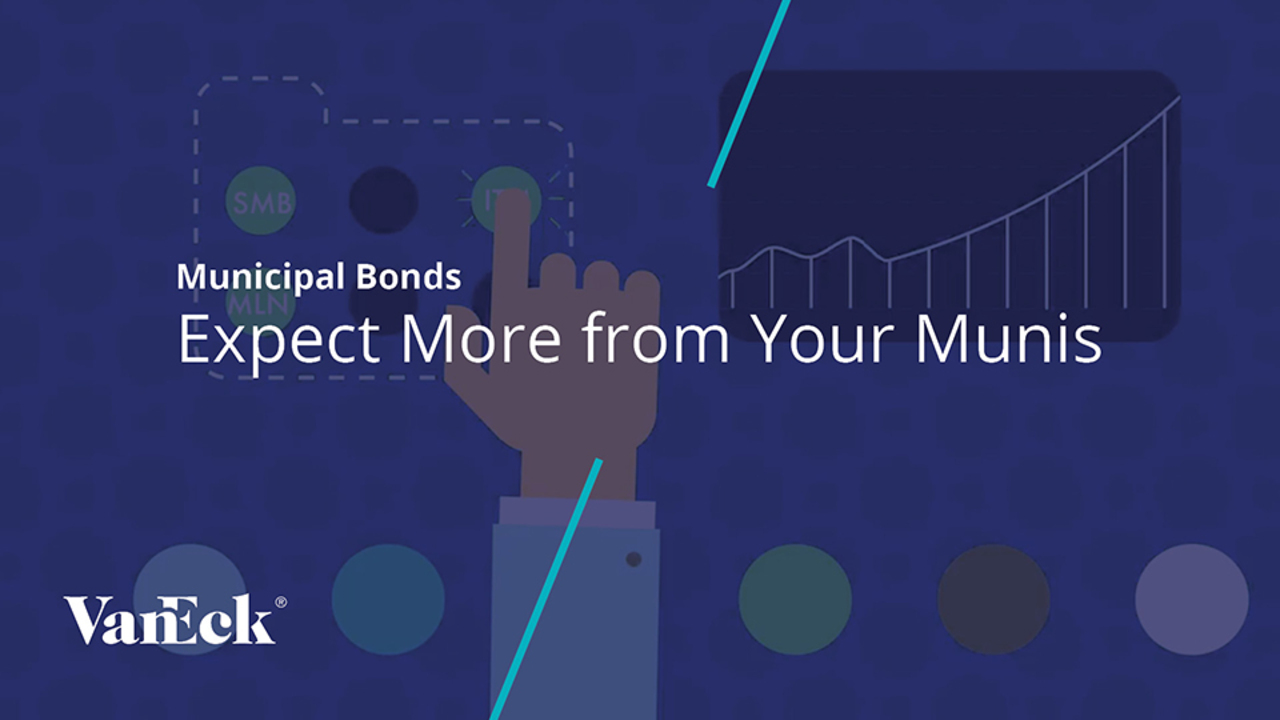Videos

Welcome to our latest video where we dive into the key differences and strategies of growth vs. value Investing. These two investment approaches might target different opportunities, but understanding their methodologies is essential for aligning your investment decisions with your financial goals.
Growth vs. Value Investing: Differences & Strategies
Hi, I'm Coulter Regal, ETF Product Manager at VanEck, and today we're diving into the world of style investing, specifically focusing on growth and value investing. Whether you're new to style investing or just looking to refresh your knowledge, this video is for you. We'll cover the basics, explore the characteristics of growth and value stocks, compare the two strategies, and help you decide which might be the best fit for your investment goals.
What is Growth Investing?
First, let's briefly define what we mean by growth and value investing. These are distinct investment approaches that are different in the types of companies they target. Growth investing focuses on companies that are expected to grow faster than the overall market, while value investing aims to identify companies that are believed to be undervalued.
More specifically, growth investing is about buying companies that are rapidly expanding and have high future growth expectations, even if their current share prices appear expensive. Investors who adopt this strategy anticipate earnings growth that will eventually justify the higher price. Growth stocks are typically characterized by metrics like high earnings growth, high price to earnings ratios, and low dividend payouts, as earnings are instead reinvested to fuel further growth.
Notable examples of growth stocks include technology companies like Amazon and Google, which have seen continuous expansion through disruptive innovations.
What is Value Investing?
Value investing is instead centered on finding and buying companies that are cheap relative to their fundamentals and peers, with the expectation that their share prices will correct over time as their true value is recognized. Value investors tend to look for strong, established companies that have been overlooked or undervalued by the market for reasons that are not reflective of their actual worth. Value stocks are typically characterized by metrics like low price to earnings or price to book ratios, moderate but stable earnings growth, and high dividend yields.
Examples of value stocks include companies like Berkshire Hathaway and JPMorgan Chase, which have a history of consistent performance and steady growth.
Growth vs Value: Key Differences
So what are the main differences between growth and value investing? Well, it boils down to how each strategy picks and evaluates stocks, which leads to different company profiles and risk exposures.
Growth stocks are typically found in sectors like technology, where there's potential for rapid expansion. These companies are often in early stages or are heavily reinvesting profits to drive growth, making them more volatile and sensitive to market expectations. While they offer the potential for higher return, they also come with higher risk, like greater price fluctuations.
Value stocks, on the other hand, tend to be more established companies in stable sectors. These companies might grow more slowly, but are generally seen as financially stable, leading to lower volatility and risk. While growth potential may be moderate, they have often more predictable earnings and provide steady income through dividends.
In up markets, growth stocks often outperform due to their greater reinvestment for expansion. However, in down markets, value stocks typically fare better, thanks to their stability and lower volatility.
Deciding between growth and value stocks depends on your individual investment goals and risk tolerance. If you're looking for high potential returns and can handle higher volatility, then growth stocks might be for you. If you prefer more stability and are looking for undervalued opportunities with upside potential, then value investing could be your strategy.
Growth vs Value: Choosing Between Them
Consider your investment timeline, financial goals, and risk appetite when making your decision.
In today's market, there are many ways for investors to gain exposure to growth and value styles. However, most rely on backward-looking financial metrics without consideration for the future. At VanEck, we partnered with Morningstar on a different approach, one that does look forward. To find out more about growth and value investing, visit the resources linked in this video.
IMPORTANT INFORMATION
Please note that VanEck may offer investments products that invest in the asset class(es) or industries included in this video.
This is not an offer to buy or sell, or a recommendation to buy or sell any of the securities, financial instruments or digital assets mentioned herein. The information presented does not involve the rendering of personalized investment, financial, legal, tax advice, or any call to action. Certain statements contained herein may constitute projections, forecasts and other forward-looking statements, which do not reflect actual results, are for illustrative purposes only, are valid as of the date of this communication, and are subject to change without notice. Actual future performance of any assets or industries mentioned are unknown. Information provided by third party sources are believed to be reliable and have not been independently verified for accuracy or completeness and cannot be guaranteed. VanEck does not guarantee the accuracy of third party data. The information herein represents the opinion of the author(s), but not necessarily those of VanEck or its other employees.
There are inherent risks with equity investing. These risks include, but are not limited to stock market, manager, or investment style. Stock markets tend to move in cycles, with periods of rising prices and periods of falling price.
All investing is subject to risk, including the possible loss of the money you invest. As with any investment strategy, there is no guarantee that investment objectives will be met and investors may lose money. Diversification does not ensure a profit or protect against a loss in a declining market. Past performance is no guarantee of future performance.
No part of this material may be reproduced in any form, or referred to in any other publication, without express written permission of Van Eck Associates Corporation.
© Van Eck Associates Corporation.
666 Third Avenue, New York, NY 10017








